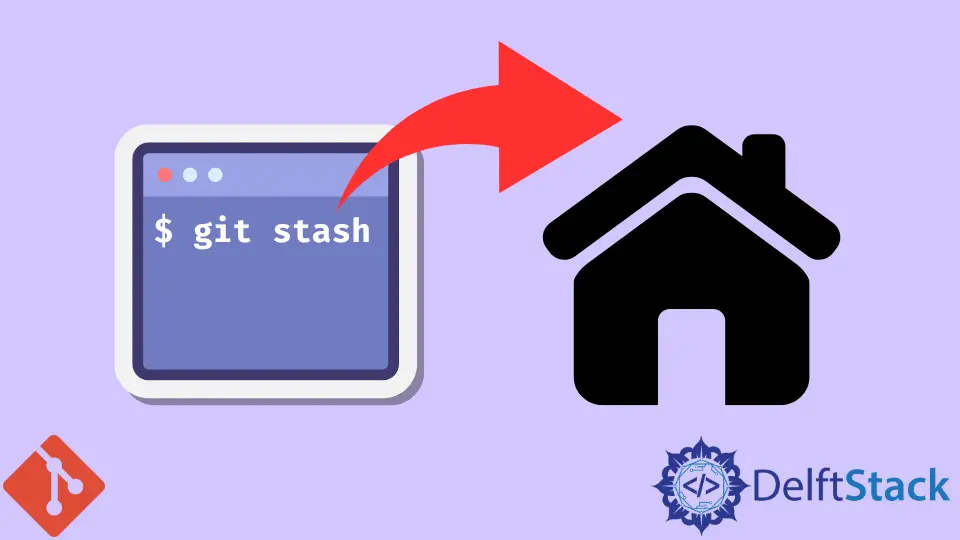How to Commit Current Changes to a Different Branch in Git
- Method 1: Stashing Changes and Switching Branches
- Method 2: Committing Changes Directly to the Target Branch
- Method 3: Using Cherry-Pick to Move Commits
- Conclusion
- FAQ

When working with Git, you may find yourself in a situation where you’ve made changes on one branch but realize that those changes should actually belong to a different branch. This can happen frequently during development, especially when you’re juggling multiple features or bug fixes. Fortunately, Git offers several methods to commit your current changes to a different branch seamlessly.
In this article, we will explore different techniques to help you manage your changes effectively. Whether you’re a beginner or an experienced developer, understanding how to navigate branches in Git is essential for efficient version control.
Method 1: Stashing Changes and Switching Branches
One of the simplest ways to commit your current changes to a different branch is by using Git’s stash feature. Stashing allows you to save your uncommitted changes temporarily. This way, you can switch branches without losing your work. Here’s how to do it:
git stash
git checkout <target-branch>
git stash pop
git add .
git commit -m "Your commit message"
In this method, you first stash your changes using git stash. This command saves your modifications and clears your working directory. Next, you switch to the target branch with git checkout <target-branch>. After that, you apply your stashed changes with git stash pop. This command retrieves your changes and applies them to the current branch. Finally, you add the changes with git add . and commit them with your desired commit message.
Output:
Changes successfully stashed.
Switched to branch 'target-branch'.
Changes applied from stash.
This method is particularly useful when you want to switch contexts quickly without losing any work. It’s a great way to keep your branches clean and organized, especially in collaborative environments where multiple developers might be working on different features simultaneously.
Method 2: Committing Changes Directly to the Target Branch
If you prefer a more straightforward approach and don’t mind committing changes directly to the target branch, you can do so by checking out the target branch and then committing your changes. Here’s how:
git checkout <target-branch>
git commit -m "Your commit message" -- <file1> <file2>
In this method, you first switch to the target branch using git checkout <target-branch>. Then, you can commit your changes directly by specifying the files you want to commit using the -- option. This allows you to commit only specific files instead of all changes in your working directory.
Output:
Switched to branch 'target-branch'.
[branch-name 1234567] Your commit message
2 files changed, 10 insertions(+), 2 deletions(-)
This approach is efficient when you are confident that the changes belong to the target branch and you want to keep your commit history clean. It’s essential to be cautious with this method, as it could lead to confusion if you forget to switch branches before committing.
Method 3: Using Cherry-Pick to Move Commits
If you’ve already committed your changes to the wrong branch, you can use the cherry-pick command to apply those changes to the correct branch. This method is handy when you want to retain the commit history. Here’s how to do it:
git checkout <target-branch>
git cherry-pick <commit-hash>
In this method, you first switch to the target branch. Then, you use git cherry-pick <commit-hash> to apply the specific commit from the other branch. You can find the commit hash by running git log on the branch where you initially committed your changes.
Output:
Switched to branch 'target-branch'.
[branch-name 89abcde] Your commit message
Cherry-picking is a powerful feature in Git that allows you to selectively apply commits from one branch to another. This is particularly useful in scenarios where you want to backport a fix or feature to a stable branch without merging all changes from the source branch. However, be mindful of potential merge conflicts that may arise during this process.
Conclusion
In summary, committing your current changes to a different branch in Git is a common task that can be accomplished in various ways. Whether you choose to stash your changes, commit directly to the target branch, or use cherry-pick, understanding these methods will enhance your workflow and improve your version control practices. By mastering these techniques, you can manage your branches more effectively, ensuring that your development process remains smooth and organized. As you continue to work with Git, these strategies will become invaluable in maintaining a clean and efficient project history.
FAQ
-
How do I stash my changes in Git?
You can stash your changes by using the command git stash. This saves your uncommitted changes temporarily. -
What is the difference between git commit and git cherry-pick?
git commit saves your changes to the current branch, while git cherry-pick applies a specific commit from another branch to the current branch. -
Can I stash untracked files in Git?
Yes, you can stash untracked files by using git stash -u or git stash –include-untracked. -
What happens to my changes when I switch branches in Git?
If you have uncommitted changes and switch branches, Git will prevent you from switching unless you commit or stash your changes.
- Is it possible to undo a cherry-pick in Git?
Yes, you can undo a cherry-pick by using git cherry-pick -n followed by the commit hash, or by using git reset if you want to discard the changes.
John is a Git and PowerShell geek. He uses his expertise in the version control system to help businesses manage their source code. According to him, Shell scripting is the number one choice for automating the management of systems.
LinkedIn